Autopilot is a complex information physical fusion system with mechatronics, high integration of software and hardware, and ultimately the replacement of human operations. It is mainly composed of sensing, decision making and execution subsystems. The autopilot technology involves environment awareness, decision planning, control execution, The key technologies such as V2X communication are shown in Figure 1. Figure 1 Schematic diagram of hierarchical structure of self-driving cars 1.1.1 Autopilot development route 1.1.2 Development Status of China's Autopilot Technology 1.2.1 Introduction to Artificial Intelligence Technology AI is a science that studies the theory, methods, and techniques that simulate, extend, and extend human intelligence. It was born in the 1950s and is now developed into computer vision, natural language understanding and communication, cognition and reasoning, robotics, and gaming. With six major areas of ethics and machine learning, and showing the trend of mutual penetration in various fields. Among them, machine learning research automatically learns the data structure and internal laws of input data samples and obtains new experience and knowledge under the guidance of algorithms, so as to intelligently identify new samples and even predict the future. Typical machine learning algorithms include linear regression, K-means, K-nearest neighbors, principal component analysis, support vector machines, decision trees, and artificial neural networks. The deep learning model developed on the basis of artificial neural network is one of the most effective machine learning algorithm models at present, and has become a hot spot in the research and application of artificial intelligence. The deep learning model incorporates multiple hidden layers in the artificial neural network and was proposed by Geoffrey Hinton and Ruslan Salakhutdinov in 2006. Thanks to the outstanding achievements in the 2012 ImageNet competition (the most influential international competition in the field of computer vision), the deep learning model has received great attention from all walks of life, and research progress has been made in many fields, and a number of successful businesses have emerged. Applications such as Google Translate, Apple Voice Tools Siri, Microsoft's Cortana Personal Voice Assistant, Sweeping Actor's Face Scanning Technology, Google's AlphaGo, etc. 1.2.2 Application of artificial intelligence in automatic driving technology AI has a wealth of applications in autonomous driving technologies, such as deep learning and enhanced learning, which have achieved good results in autonomous driving. 1) Environmental awareness field Perceptual processing is a typical application scenario for AI in autonomous driving. For example, the pedestrian detection technique based on HOG feature usually performs pedestrian detection by the support vector machine algorithm after extracting the HOG feature of the image; in the vehicle detection technology based on laser radar and camera, the laser radar data needs to be clustered; linear regression algorithm, Support vector machine algorithms and artificial neural network algorithms are also commonly used for the detection of lane lines and traffic signs. Figure 2 Unstructured road detection framework based on machine learning The frame shown in Fig. 2 [7] uses machine learning in the detection of unstructured roads such as country roads and wild dirt roads. Due to the complex driving environment of the vehicle, the existing sensing technology can not meet the needs of automatic driving in terms of detection and recognition accuracy. Image processing based on deep learning has become an important support for autonomous driving visual perception [8]. In the perceptual fusion process, commonly used AI methods include Bayesian estimation, statistical decision theory, evidence theory, fuzzy reasoning, neural networks and production rules. 2) Decision-making planning area Decision planning processing is another important application scenario of AI in autonomous driving. AI methods such as state machine, decision tree and Bayesian network have been widely used. The deep learning and reinforcement learning that has emerged in recent years can realize the decision-making of complex working conditions through a large amount of learning, and can optimize online learning. Due to the need of more computing resources, it is currently the hot topic in the field of computer and Internet research. Technology [8]. 3) Control execution area Traditional control methods include PID control, sliding mode control, fuzzy control, and model predictive control. Intelligent control methods mainly include model-based control, neural network control and deep learning methods. 1.2.3 Challenges in AI applications in the field of automatic driving Currently, contemporary AI technology, represented by deep learning, is introduced into the research of environment perception, decision making and control execution of autonomous driving technology based on successful applications in the fields of machine vision (MV) and natural language processing (NLP). , got better results. Due to the complex driving environment of the vehicle, some AI technologies that rely heavily on data, computing resources and algorithms cannot meet the real-time requirements in the aspects of autopilot perception, decision-making, and execution. Some autopilot system prototypes with their core support are faced. challenge: 1) Real-time reliability requirements pose challenges to the computing speed and computational reliability of the system. Automated driving systems require that the response of each subsystem be perceived, determined, and executed in real time and reliable, so the system needs to provide high speed and reliable computing power. 2) The industrialization of component miniaturization challenges the huge hardware size of the current system. Most of the current autopilot system prototypes are computer systems or industrial computer systems, which do not meet the requirements of car gauge components. 3) Personalized adaptation cannot be satisfied. The current deep learning algorithm has poor adaptability to the application environment variation, and there are model retraining problems for different models and different scenes. The existing autopilot system prototype cannot be satisfied. 4) The need for independent learning and independent maintenance cannot be met. Deep learning presents the characteristics of a larger learning set and better results. Therefore, the autopilot system needs continuous self-learning ability, and the existing autopilot prototype cannot be satisfied. In the face of aging, wear and other problems, the calibration parameters of the parts are no longer in an optimal state. The automatic driving system needs to be intelligently set (self-calibrated), diagnosed and maintained based on vehicle driving data and performance evaluation, and the existing automatic driving prototype It also cannot meet the demand. 5) Cost control faces challenges. The current prototype cost of the automatic driving system does not meet the industrialization cost requirements. The above problems are essentially due to insufficient depth and breadth of intelligent driving bicycle data accumulation, lack of strong computing power, poor task adaptation ability, and difficulty in optimizing the AI ​​algorithm. In order to solve the above problems, complete the deep integration application of AI in the vehicle terminal, and consider constructing an intelligent driving system in which the vehicle and the cloud are integrated. With the flexible and rich computing resources of the cloud platform, the complex AI algorithm is processed, and the analysis results are sent to the vehicle for real-time decision-making, so that the cloud domain acts as a brain and core with open network functions, and becomes a connection network internal and vehicle-side business. The bond of demand, in order to truly achieve network intelligence. Based on the development of cloud computing and big data technology, the autopilot system is divided into two layers: car and cloud (platform), and the car cloud collaborative autopilot system architecture is proposed. Provides data storage, data sharing and computing resources in the cloud, supporting complex AI algorithms such as deep learning, autonomous learning, self-maintenance and personalized adaptation. Through part of the software/hardware sharing technology, the cost of the vehicle end can be reduced, and the calculation amount can be reduced, which is beneficial to the development of the embedded AI hardware products of the vehicle end to meet the requirements of the vehicle-level components. The AI ​​technology is applied to the three elements of data, calculation and algorithm in autonomous driving. It is aimed at multi-vehicle, multi-scene and personalized intelligent driving demand. For the problems faced by the intelligent driving bicycle system, an AI-based vehicle cloud coordination is proposed. The autopilot system architecture scheme is shown in Figure 3. Figure 3 Schematic diagram of AI-based car cloud collaborative automatic driving system architecture The architecture consists of two parts: AI-based autopilot intelligent vehicle end equipment and big data analysis-based autopilot cloud system, which together form a vehicle-cloud collaborative automatic system that integrates complex environment accurate perception, pass-through intelligent decision-making and driving control optimization execution. Driving system. Autopilot intelligent terminal is a information physical fusion system (CPS) that integrates many functions such as environment perception, planning decision, and execution control [9]. In order to adapt to the application requirements of different types of vehicles in different scenarios, it is necessary to deeply study the software and hardware collaborative design technology of the embedded intelligent controller of the self-driving vehicle, establish the data collection of the loadable sensor, the environment-aware data fusion, the planning decision, and the execution control AI algorithm. As one of the intelligent terminal hardware and software architectures that meet the needs of autonomous driving, design a self-driving AI terminal with real-time reliability, system fault tolerance and “carrying†capability, and propose real-time reliable and task-adaptive intelligent terminal-specific system software to realize System integration verification and real vehicle application of AI algorithm. Key technologies to be overcome include real-time and reliable autopilot AI terminal hardware architecture, reliable and adaptive autopilot AI terminal software architecture, and AI technology integration applications for autonomous driving smart terminals. 1) Autopilot AI terminal hardware architecture The self-driving car AI terminal is a comprehensive intelligent system integrating environment sensing, planning decision, control execution and other functions. According to the different tasks division, working mode and communication interconnection mode of the autopilot system in the typical application scenarios for the environment perception, planning decision and execution control, the system reliability design and modular design method of the autopilot AI terminal are studied. Focus on heterogeneous multi-core hardware system architecture based on GPU and MCU and high-speed interconnect communication architecture based on Ethernet. 2) Autopilot AI terminal software architecture The self-driving car end system integrates multiple software function modules (environmental awareness, planning decision, execution control, navigation, positioning, traffic signal monitoring, etc.) and multiple hardware execution units (computing units, control units, sensors, etc.), research: AI-based functional application software system architecture and hierarchical, modular design methods for perception, planning, and execution; Optimal architecture of system software and application software based on task adaptation; Ensure that software and hardware resources, including GPU, CPU, memory, bus, and communication interfaces, are properly allocated and scheduled, providing system self-healing capabilities, module resource isolation capabilities, computing and memory resource allocation capabilities, priority execution capabilities, and inter-module Effective communication capabilities, etc. 3) Technology integration application of autonomous driving AI terminal As a typical physical information fusion system, the automatic driving system must realize the comprehensive integration of data information and knowledge information through the comprehensive application of AI methods. Aiming at the limited software and hardware resources of the autonomous driving intelligent terminal, the AI ​​operating system for the autonomous driving intelligent terminal is constructed, so that the tasks such as automatic driving perception fusion and decision control can be executed in real time. Vent spacer,stator core vent spacer lamination,stator core vent spacer,vent plates Henan Yongrong Power Technology Co., Ltd , https://www.hnyongrongglobal.com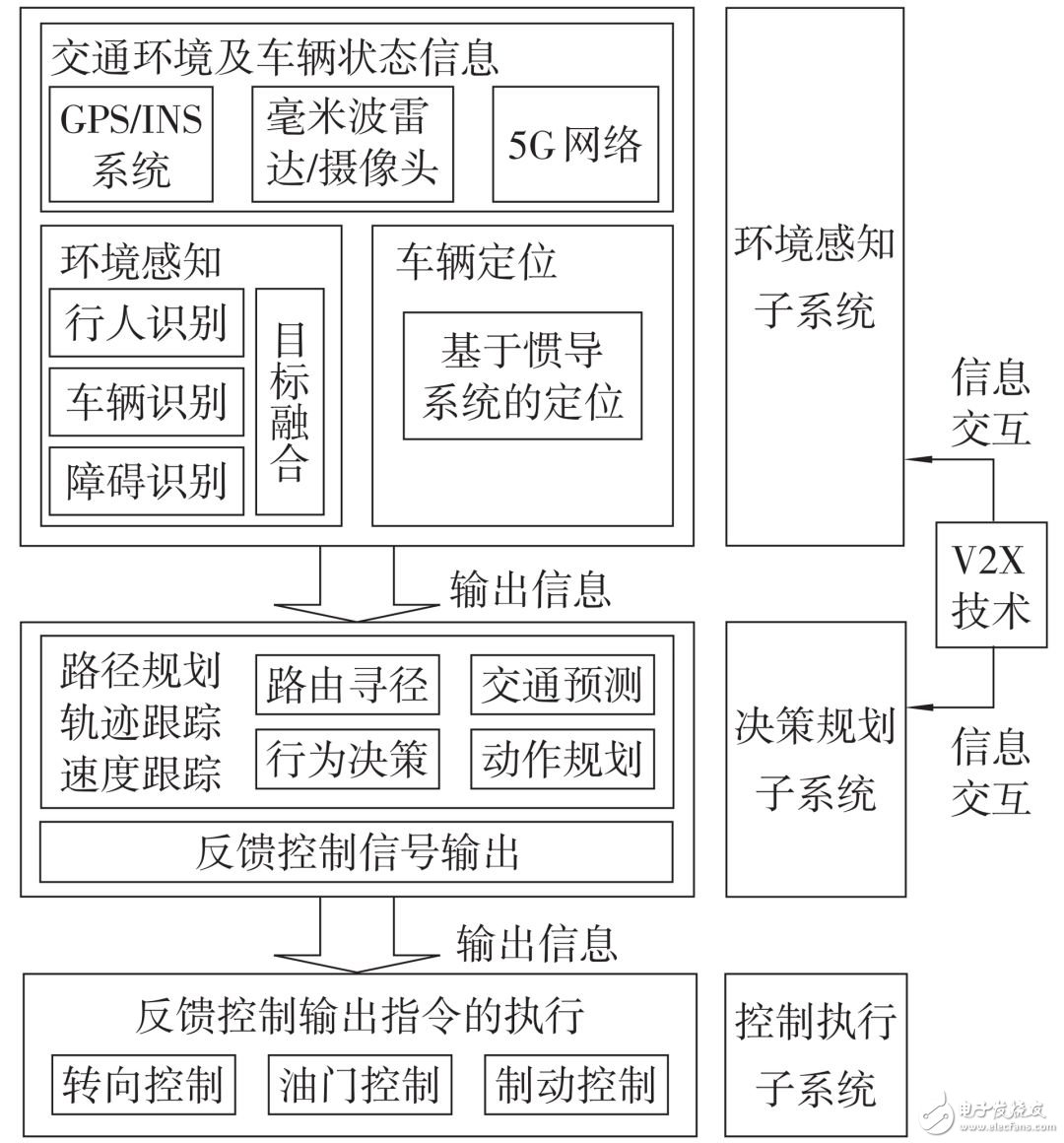
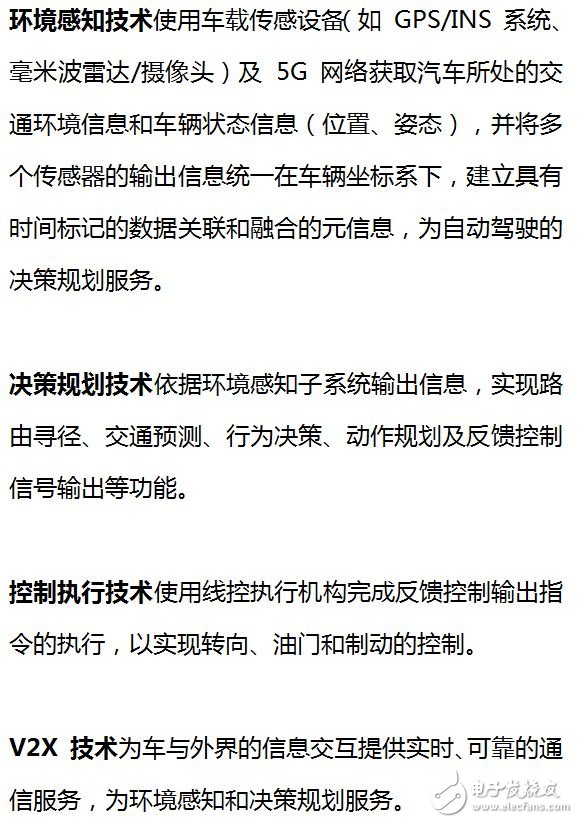

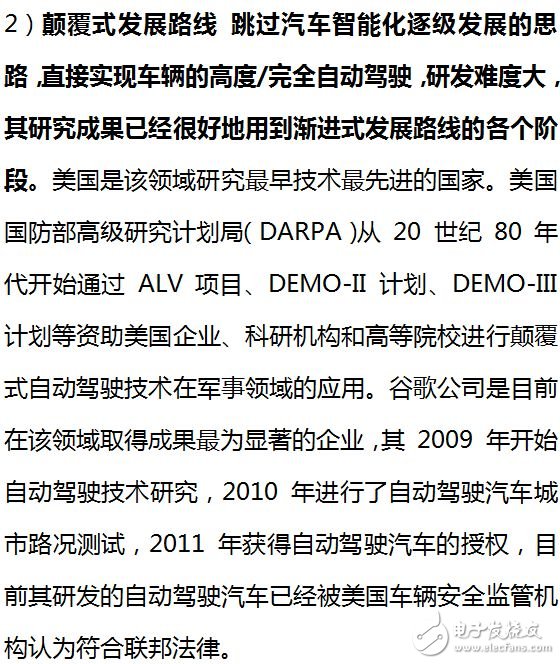
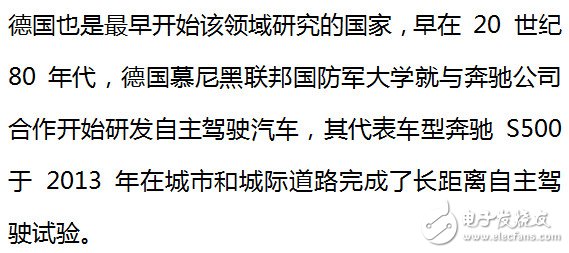
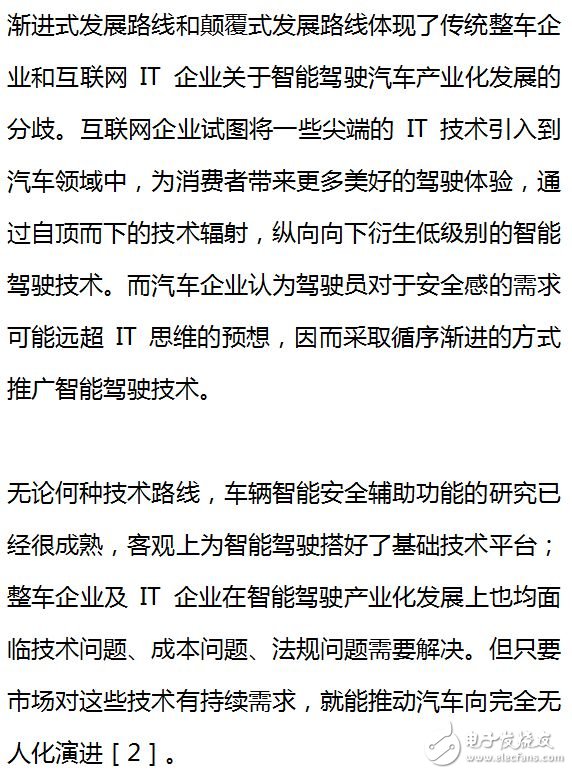
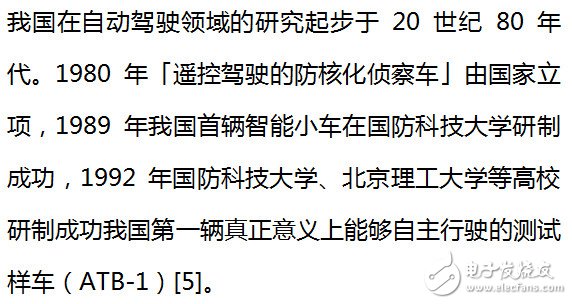
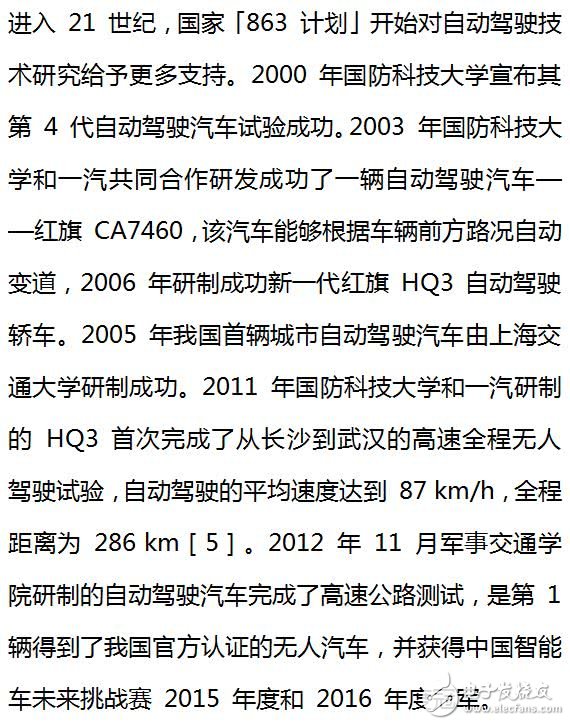
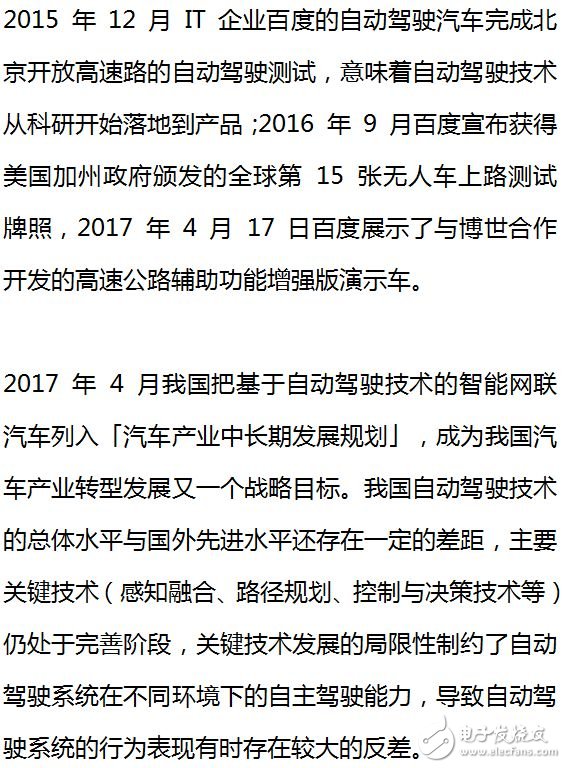
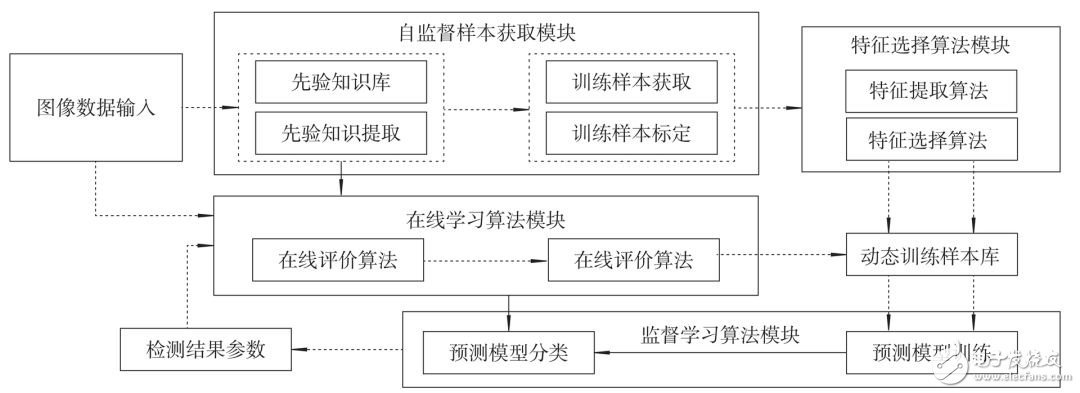

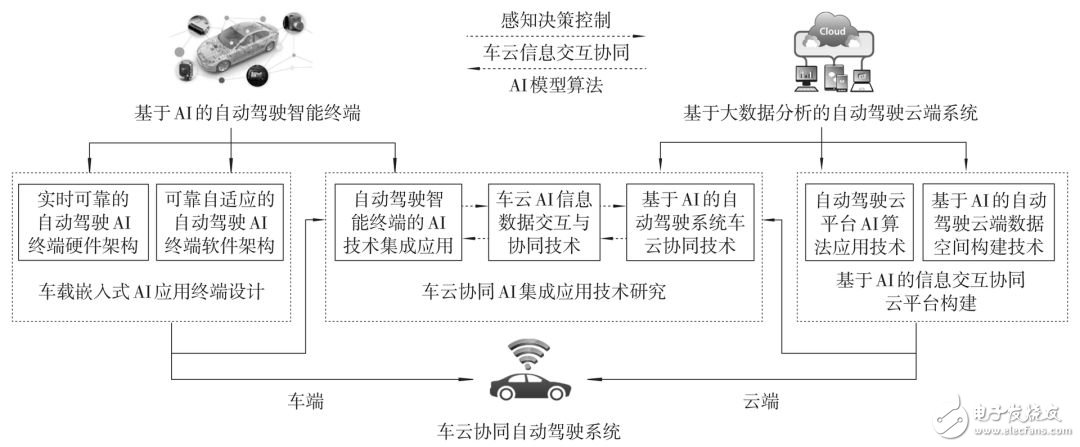
The development trend of autonomous driving technology _ AI application status analysis
1. Development trend of automatic driving technology and analysis of AI application status 1.1 Development status of automatic driving technology